By Ruta Hsu
On 24 February 2022, Russia launched an invasion of Ukraine. As Ukrainians resisted and people began to clean up the mess left behind in areas occupied by the Russian army – bombed buildings, looted belongings and unidentified bodies – many also encountered a large amount of graffiti.
“This is where those Ukrainian orcs were manufactured,” wrote Russian soldiers on the wall of a school in Ukraine’s capital city, Kyiv. In the northeastern city of Kharkiv, in a bar, others wrote, “This is not considered a war crime if you had fun.”
These messages are a small part of the more than 500 inscriptions translated by the Ukrainian non-profit organisation Wall Evidence. In April 2022, they began an online archive to record and translate graffiti, inscriptions, diaries and various materials left behind during the Russian occupation period.
“When we ask ordinary soldiers to talk about this war, it’s not just Putin’s war or the Russian government’s war, but a war that all Russians are involved in,” said project manager Anastasiiaa Oleksii.
“The words they said and the narratives of destruction they conveyed… we wanted to show people around the world that this is Russia – Russia is not just Tchaikovsky or ballet. These war inscriptions and Russian ballet are essentially one.”

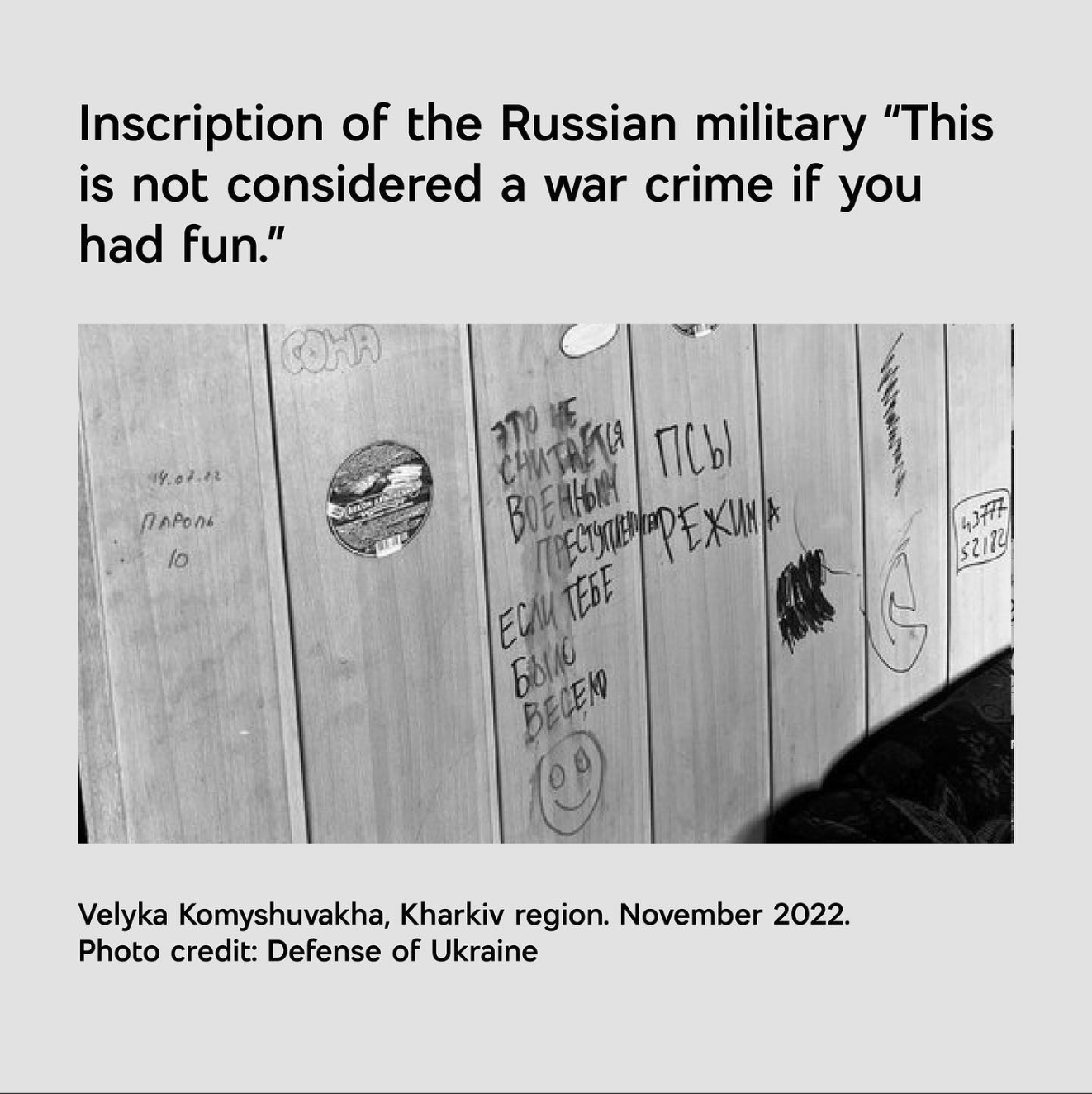
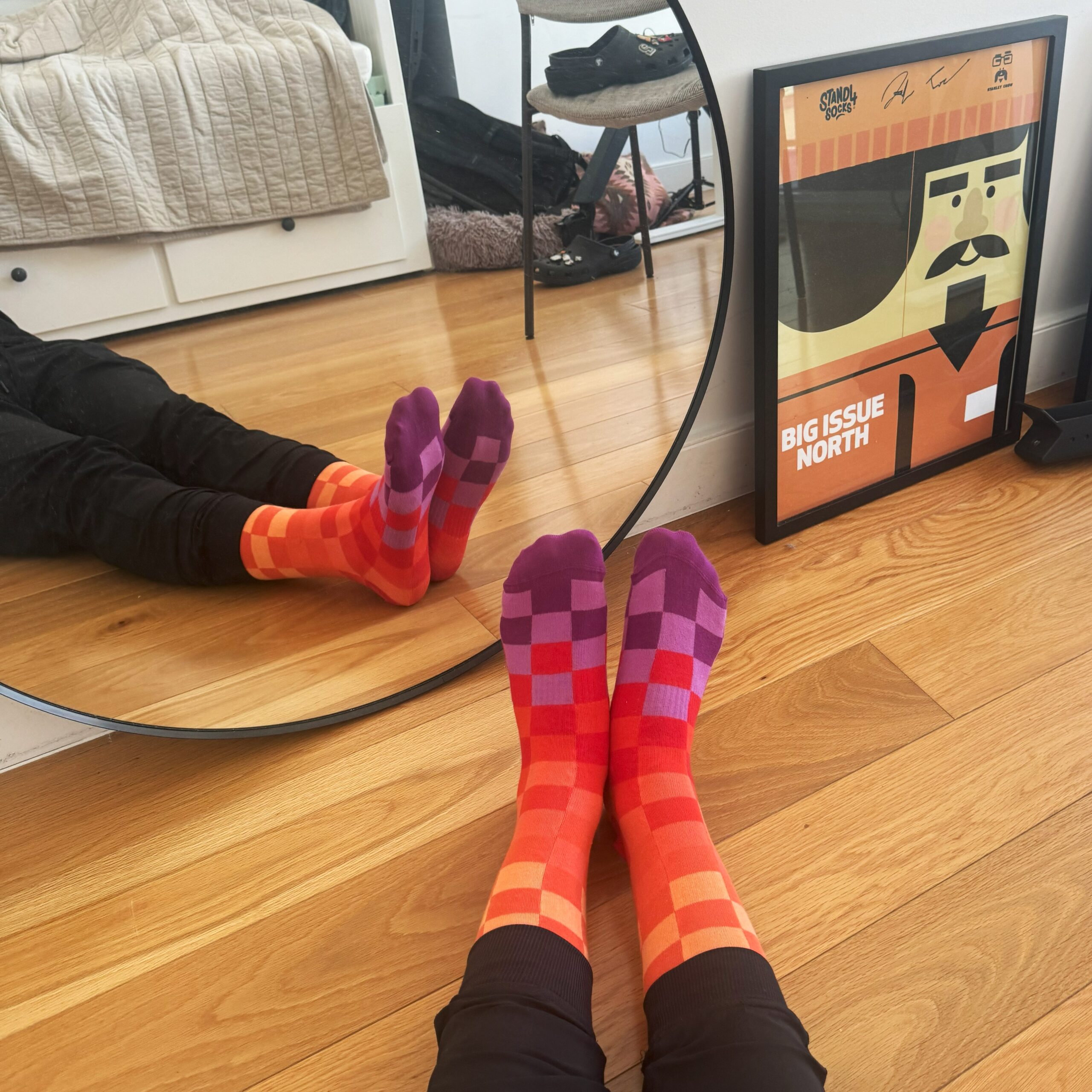
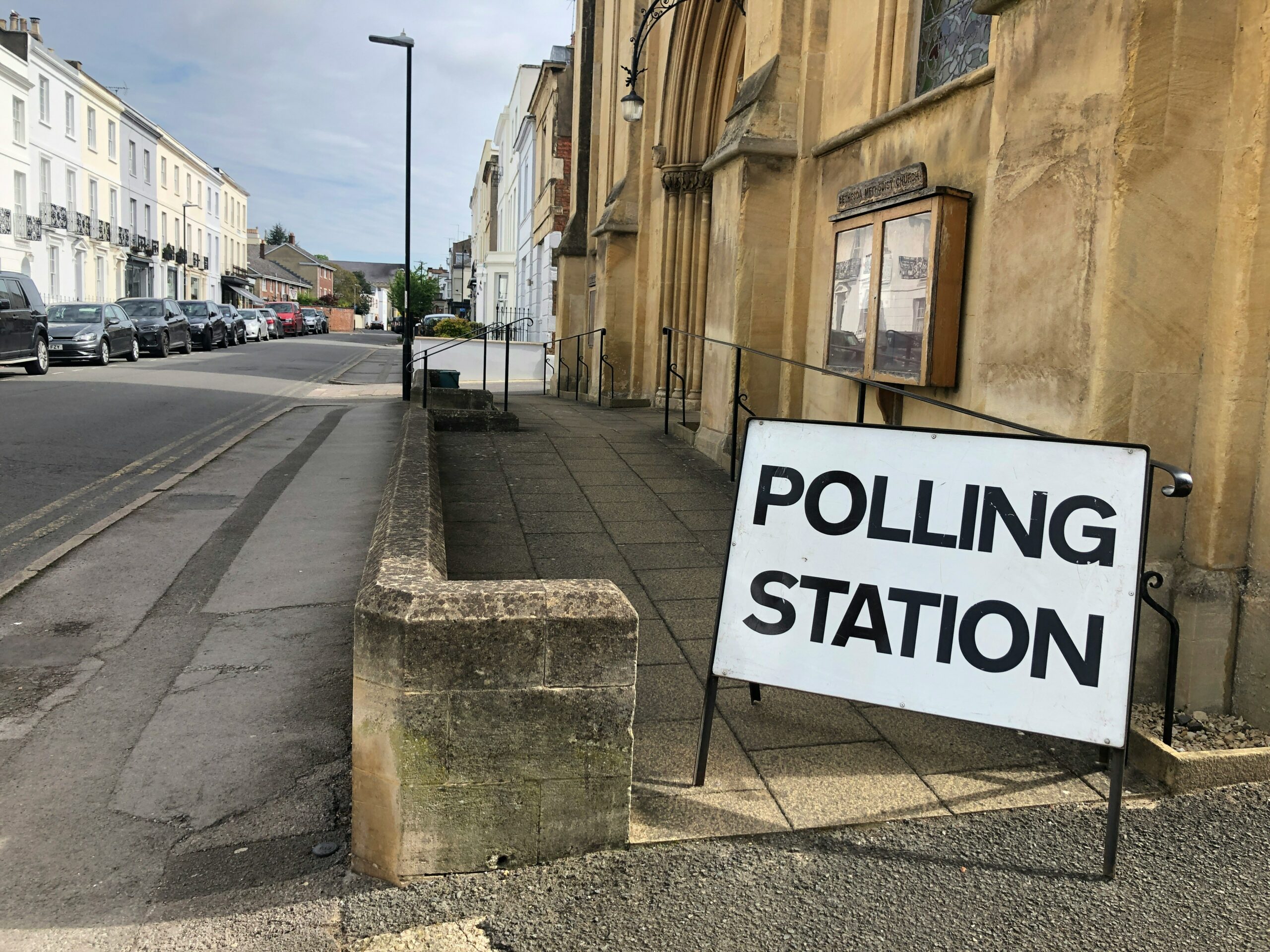
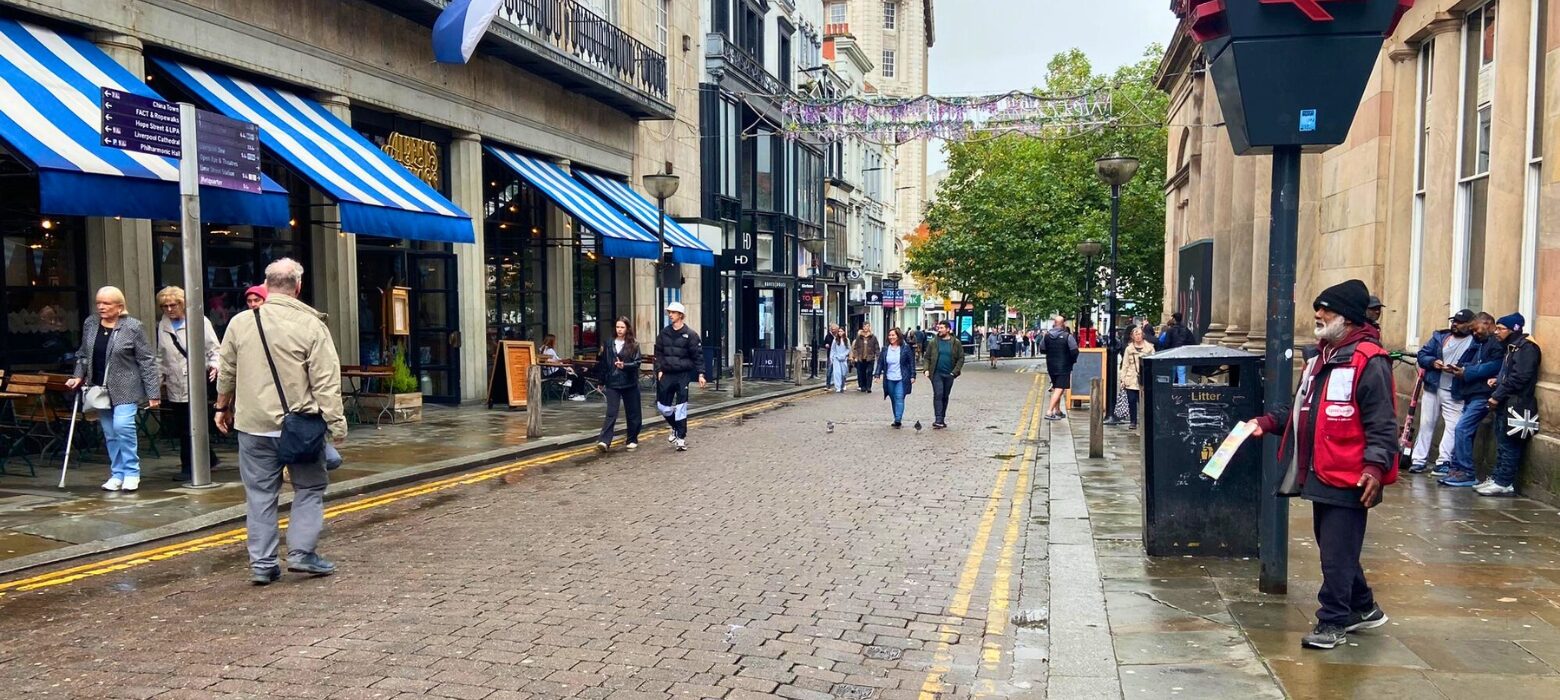
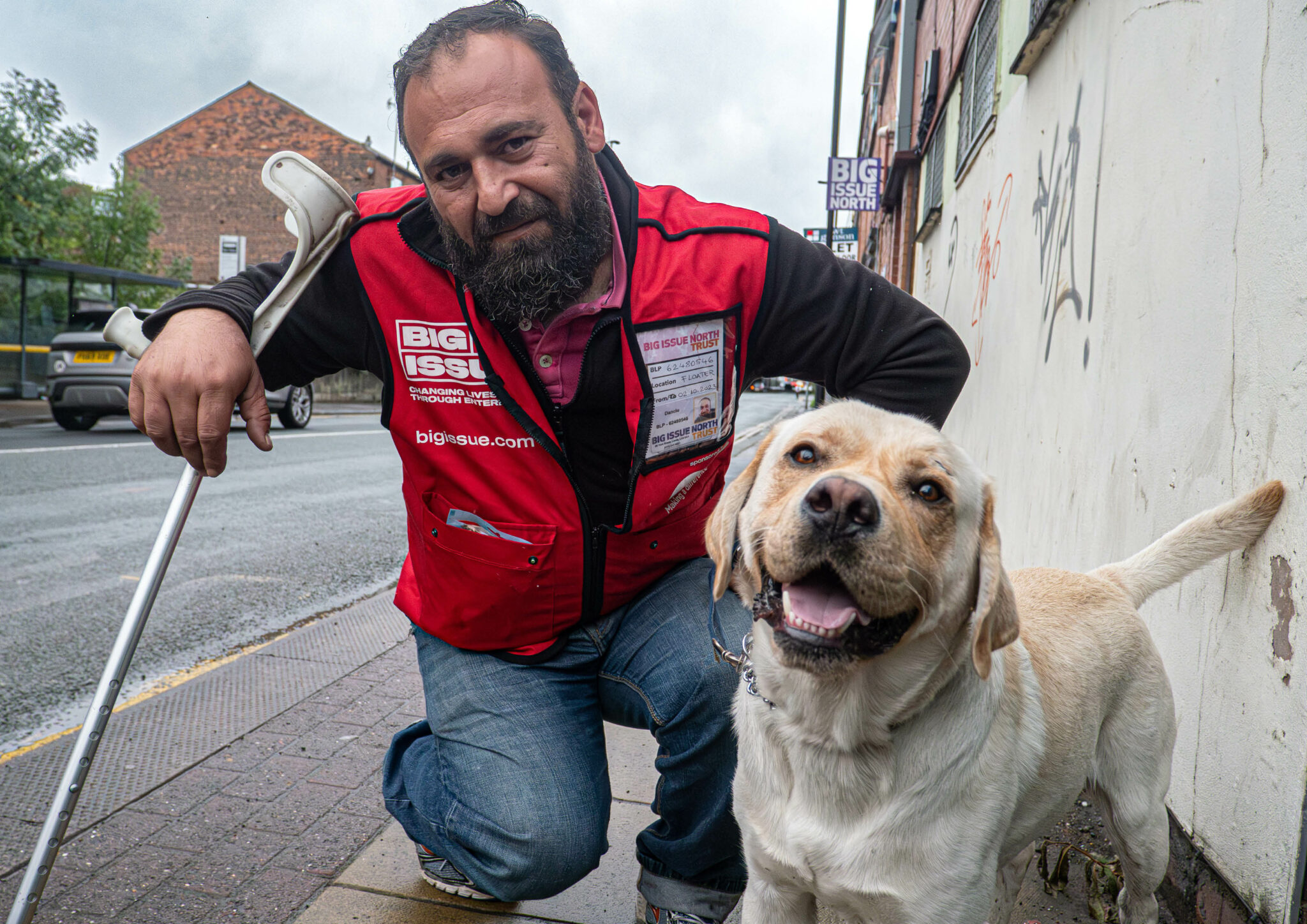

Leave a reply
Your email address will not be published.